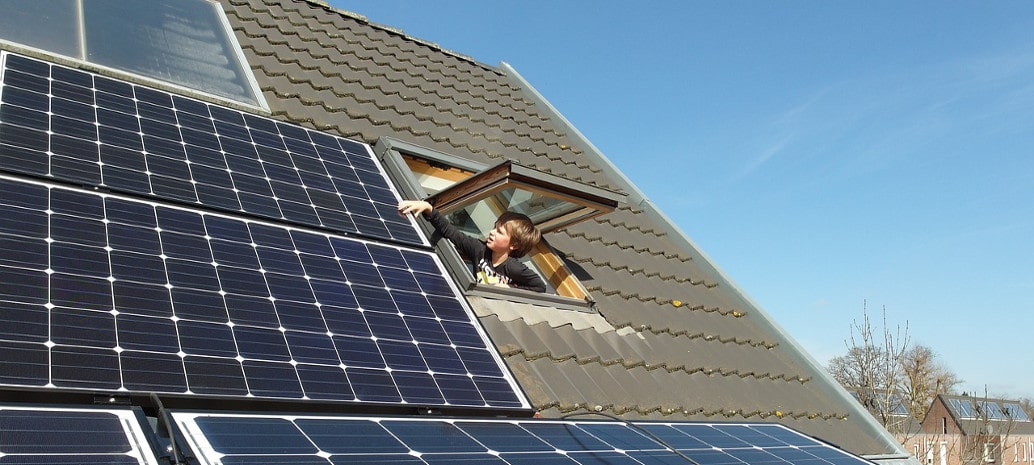Property Assessed Clean Energy (PACE) loans were put in place to finance solar power over the lifetime of projects – up to, and more than, 20 year terms – allowing for end users to more strategically invest their cash in capital heavy solar and efficiency investments.
Researchers at Lawrence Berkeley National Laboratory (LBNL) (PDF of analysis) covered the years 2010-2015, when residential PACE programs were expanding rapidly across California. The analysis suggests 1.1W per house was installed in larger cities, because of PACE.

A key point in this analysis was made by researchers Jeffrey Deason and Sean Murphy:
Our estimates imply that the majority of PV deployment financed by R-PACE programs would likely not have occurred in the absence of the programs. These results suggest that R-PACE programs have increased PV deployment in California even in relatively recent years.
The LBNL analysis noted that California’s residential PACE programs are worth studying, because they have, in many respects, been “uniquely successful” among energy-efficiency and solar PV financing programs. California is the nation’s largest market for PACE financing.
PACE’s unique structuring is what allows for this powerful market penetration. While the loan rates tend to be higher than what you could get from your standard bank provider, other variables drive the product:
- Term – PACE loans are made designed to last the lifetime of the efficiency upgrade, as long as the product pays for itself before that time frame. In the case of solar, this can be up to 25 years. The biggest benefit of this is that the homeowners net cash position is immediately improved upon, as monthly payments are lower than savings per program requirements.
- Transferability – because the loan is connected to the property, and not to the homeowner, there is no longer a ‘payback period hesitation.’ This hesitation being when a homeowner is considering selling in the short term, and aren’t sure they’ll completely get their investment back before resale. Since the loan stays with the home, and is spread over a long term, your benefit is proportional to the payments you make.
The specific structuring of PACE was designed to, “extend capital to homes that traditional underwriting may not serve or that may only come with unfavorable terms.” In reference to tranferability, “program homes that sold between 2012 and 2015, 45% of assessments transferred with the property sale and 55% were paid off at the time of sale.”
RenovateAmerica CEO, Roy Gurthrie said on these two variables:
PACE was designed to encourage the adoption of more clean-energy technologies by customers with unique finance demands. It’s encouraging to see evidence that these programs are really moving the needle when it comes to driving deployment of distributed solar PV.
RenovateAmerica pushed this press release to pv magazine because they’ve found their HERO loan (their PACE offering) was the only financial product that many of their customers could make use of. The company says they’ve financed over 183 MW of residential solar across 30,000 homes using PACE.
The company also noted, that even though many homeowners don’t end up going with PACE financing, the loan program often drives those homeowners toward researching the program in the first place – and then find financial solutions that better fit their needs.
The overarching analysis of this program should be that PACE has created a structure that addresses a unique subset of financial customers who have specific needs – immediate net positive cash flow and transferability – and this creation has created a non-trivial amount of installation volume.
This content is protected by copyright and may not be reused. If you want to cooperate with us and would like to reuse some of our content, please contact: editors@pv-magazine.com.









By submitting this form you agree to pv magazine using your data for the purposes of publishing your comment.
Your personal data will only be disclosed or otherwise transmitted to third parties for the purposes of spam filtering or if this is necessary for technical maintenance of the website. Any other transfer to third parties will not take place unless this is justified on the basis of applicable data protection regulations or if pv magazine is legally obliged to do so.
You may revoke this consent at any time with effect for the future, in which case your personal data will be deleted immediately. Otherwise, your data will be deleted if pv magazine has processed your request or the purpose of data storage is fulfilled.
Further information on data privacy can be found in our Data Protection Policy.